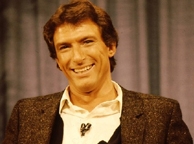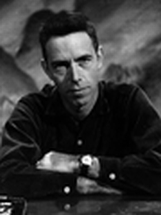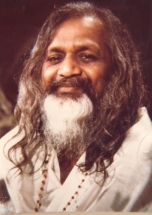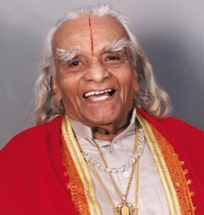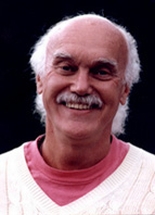When
Alan Watts
came into my life (so to speak) through his books, I started to
look at things in a way I'd never looked at things before. It
wasn't that
Alan
changed my point of view and got me to understand things
differently. That's not what he did. Had he done that, all he'd
have given me would have been something different to
believe. Although I wouldn't have said it exactly this way
at the time, something different to believe at that
stage of my life would have been as productive and as useful to me
as a bicycle to a fish (as Patricia Irene "Irina" Dunn may have
said).
When I first encountered
Alan Watts
I wasn't looking to try on any new belief
systems. All belief systems were suspect to me.
They each have their own edge to explain life ie they
each have their own embedded righteousness. In their own
eyes at least, they each have the right explanation.
Furthermore, in their own eyes at least, the others
have the wrong explanation. That been said, the arena
in which I walked at the time was a veritable
smorgasbord of different faiths, of different beliefs.
You picked your poison, so to speak.
No belief system I'd ever come across, neither religious nor
psychological nor philosophical, went beyond
explaining life, to a place where life can be
experienced directly, unmitigated, unfiltered, naked.
And I was already warming to the idea that whether or not I
believe in a rock, if it hits me on the head it's
real. Believing in the rock isn't only incidental - believing
in the rock actually distracts from its true nature.
Alan Watts
changed all that.
Alan Watts
provided me with the tools to generate my first access to direct
experience. He did that in a unique way (unique, that is, for
me at the time). He enlivened a sense of inquiry in me
which wasn't there before.
Alan Watts
brought in a sense of inquiry into who or what I
really am as a human being. In my teenage years and my early
twenties, I conducted this inquiry so privately, so
intimately no one knew I was engaged in it. It seemed
like something new had spontaneously combusted in my
life. But it didn't go very far - you can't have an interactive
conversation face to face with books. Yet it was the start of
something profound. Even in the absence of someone to interact with
in conversation face to face on a daily basis, it was profound.
It was profound in that it altered my sense of
who I am
for myself. In the
Alan Watts
conversation, I was a human being looking at myself.
Alan
sowed the seeds of Self awareness for me. That's the
contribution
Alan
made to me. He made it hip. He offered the low
down on being. He was turned on. He was tuned
in. But he also drew the line where I draw the line: he didn't
drop out - as psychedelic guru of the
era Dr Timothy Leary
infamously
counseled us to do.
I was amazed at what
Alan Watts
wrote. I didn't always understand it. But that didn't seem to
matter. For me, reading
Alan Watts
is as profound as taking a walk with him as your guide, side by
side, through the perfectly manicured garden of a Japanese
Buddhist
temple while he's giving a commentary on what's all around you. You
listen. You walk. It's full. And you're awed. And you don't
have to understand it. That, to me, is the
Alan Watts
experience. In
Alan Watts'
universe it's trite, almost naïve, even quaint to
think
birds fly for a
reason.
In
Alan Watts'
universe,
birds fly because
they fly.
By the way, I've a sneaking suspicion (he never wrote this, as far
as know) that for
Alan,
taking a walk through the perfectly manicured garden of a Japanese
Buddhist
temple is just as enriching as taking a walk on the wild
side of downtown Manhattan.
Alan
isn't trapped in any game, pious or otherwise. That's what got him
gloriously at odds with the elders of the Episcopal church when he
was an Episcopal priest which led to him leaving the church and
becoming the west's foremost exponent of
Zen.
|
